How has President Biden done on transportation in his first 100 days?
President Biden has gotten a lot of attention for his (good) infrastructure plan and overall approach to transportation. But after 100 days in office, the administration has ignored a lot of low-hanging fruit when it comes to executive and administrative actions they can take to support public transportation, emissions reduction, and other critical goals.
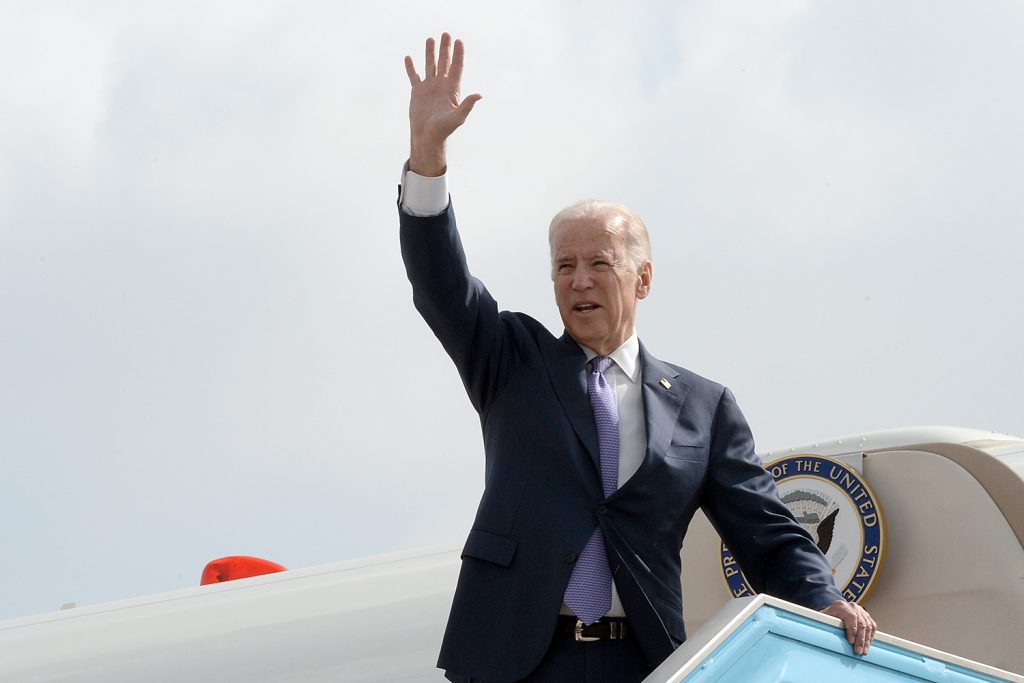
In November 2020, along with Smart Growth America, we sent the incoming Biden administration a memo outlining executive actions and long-term legislation we urged the new president to initiate, which included a list of executive and administrative actions on transportation:
| Issue area | Department | Status | Action |
|---|---|---|---|
| Access to federal funds | USDOT | Simplify applications for discretionary grant programs (like the Better Utilizing Investments to Leverage Development (BUILD) program) by creating an online application and benefit-cost analysis (BCA) process so that small, rural and limited-capacity agencies can more easily access federal funds. | |
| Climate change | USDOT | Started rulemaking | We only measure what we treasure. Re-establish the greenhouse gas (GHG) performance measure for transportation abandoned by the last administration, follow this up with annual state GHG rankings, and provide guidance for projecting GHG emissions at the project level. |
| Climate change | USDOT | Done | Repeal the June 29, 2018, Federal Transit Administration (FTA) Dear Colleague to public transit agencies regarding the Capital Investment Grant program, specifically the treatment of federal loans as not part of the local match, inclusion of a geographic diversity factor in grant awards, and encouraging a low federal cost share. |
| Climate change | USDOT | Allow rural transit systems to receive funding from the Low and No Emission bus program. | |
| Equity | USDOT | Identify infrastructure that creates barriers to mobility (such as highways or rail beds that divide a community). Then prioritize resources to address those barriers and the disparities they create (e.g., by removing infrastructure barriers or creating new connectivity). | |
| Passenger rail | White House, USDOT | Review the Amtrak Board of Directors and assess the balance of the board with respect to support for and experience with vital long distance, state-supported, and Northeast Corridor routes, as well as civic and elected leaders from local communities actually served by the existing network. | |
| Safety | USDOT | Revise the New Car Assessment Program to consider and prioritize the risk that increasingly larger automobile designs pose to pedestrians and cyclists and the driver’s ability to see pedestrians (particularly children and people using wheelchairs and other assistive devices.) | |
| Safety | USDOT | Comment period extended | Reopen the comment period on the handbook of street engineering standards (the Manual on Uniform Traffic Control Devices or MUTCD) used by transportation agencies to design streets, and reframe and rewrite it to remove standards and guidance that lead to streets that are hostile to or dangerous for those outside of a vehicle. |
| Technical guidance | White House, HUD, USDOT, GSA | Re-activate the Location Affordability Portal created by DOT and HUD and establish a location efficiency and equitable development scoring criteria to be applied to decisions involving location of new federal facilities, particularly those that serve the public. | |
| Update modeling to achieve desired outcomes | USDOT | Improve traffic projections used to justify projects by issuing guidance requiring the measurement of induced demand and a review of the accuracy of current travel demand models by comparing past projections with actual outcomes, reporting their findings, and updating the models when there are discrepancies. | |
| Update modeling to achieve desired outcomes | USDOT | Push states and metro areas to stop assuming that time savings automatically accrue due to faster vehicle speeds by updating the guidance on the value of time and instead start considering actual projected time savings for a whole trip. |
Unfortunately, while the Biden administration has been saying many of the right things, the administration hasn’t made much progress on transportation in real terms, only addressing two of the actions in this list.
The good: A rule change
Repealed Trump changes to transit construction grants: Under President Trump, the Federal Transit Administration (FTA) made an unprecedented change to the program for building transit to count federal loans that get repaid in full by local governments as part of the federal share of a project’s cost, rather than the local share. This unfairly penalized local communities that use low-cost federal loans, essentially requiring more local funds for projects where the feds are only covering 50 percent or less of the cost. As per our recommendation, the Biden administration rescinded this rule in February.
The incomplete: More comments for street design manual
Comment period extended for the broken street design manual: The Manual on Uniform Traffic Control Devices (MUTCD) is a street design document used by planners across the country. To date, this manual’s overemphasis on designing for motor vehicle speed and failure to fully consider all modes of travel in the places where people live and work has contributed to the rising tide of people struck and killed while walking on streets that are dangerous by design—by creating and governing the design of streets that contribute to this crisis in the first place.
The Trump administration proposed tepid changes to the MUTCD that failed to reform the vehicle-centric standards that prioritize the cars racing through neighborhoods and rules which limit, for example, how communities can install crosswalks, bike and bus lanes, or traffic calming.
Transportation Secretary Pete Buttigieg brought up reforming the MUTCD in March as a technical fix the new administration could focus on, and the Biden administration took the important step of extending the period for submitting comments on the MUTCD.
The comment period ends on Friday, May 14th. USDOT and the Federal Highway Administration (FHWA) have not yet committed to a rewrite or a fundamentally new approach that would prioritize safety and people. This is the moment for us to push for it. You can submit a comment directly on our website—it only takes one minute.
The bad: No other executive actions taken
There is so much more that the Biden administration can do immediately to make a major positive difference in transportation policy, from requiring the measurement of induced demand in traffic projections used to justify highway expansions, to reinstating the greenhouse gas (GHG) performance measure repealed by the Trump administration. The latter measure was supported by 47 members of Congress in a letter led by Senator Ben Cardin (MD) and Rep. Earl Blumenauer (OR-3), and over 75 organizations and local elected officials in a letter we wrote and organized.
The Biden administration is making some major promises on transportation and infrastructure—most notably with the American Jobs Plan, the largest investment in infrastructure ever proposed by a president. But only the broad strokes of this plan were released. As we wrote last month, getting the policy right is critical to making sure that this investment delivers the sustainable, equitable, safe and efficient transportation system we need.
We’ve learned the hard way through years of big spending with no policy changes: Policy matters. Rulemaking matters. If the Biden administration truly wants to transform U.S. transportation, they need to do more than talk about it. They need to seize the opportunities to make changes that don’t require Congress to weigh in.















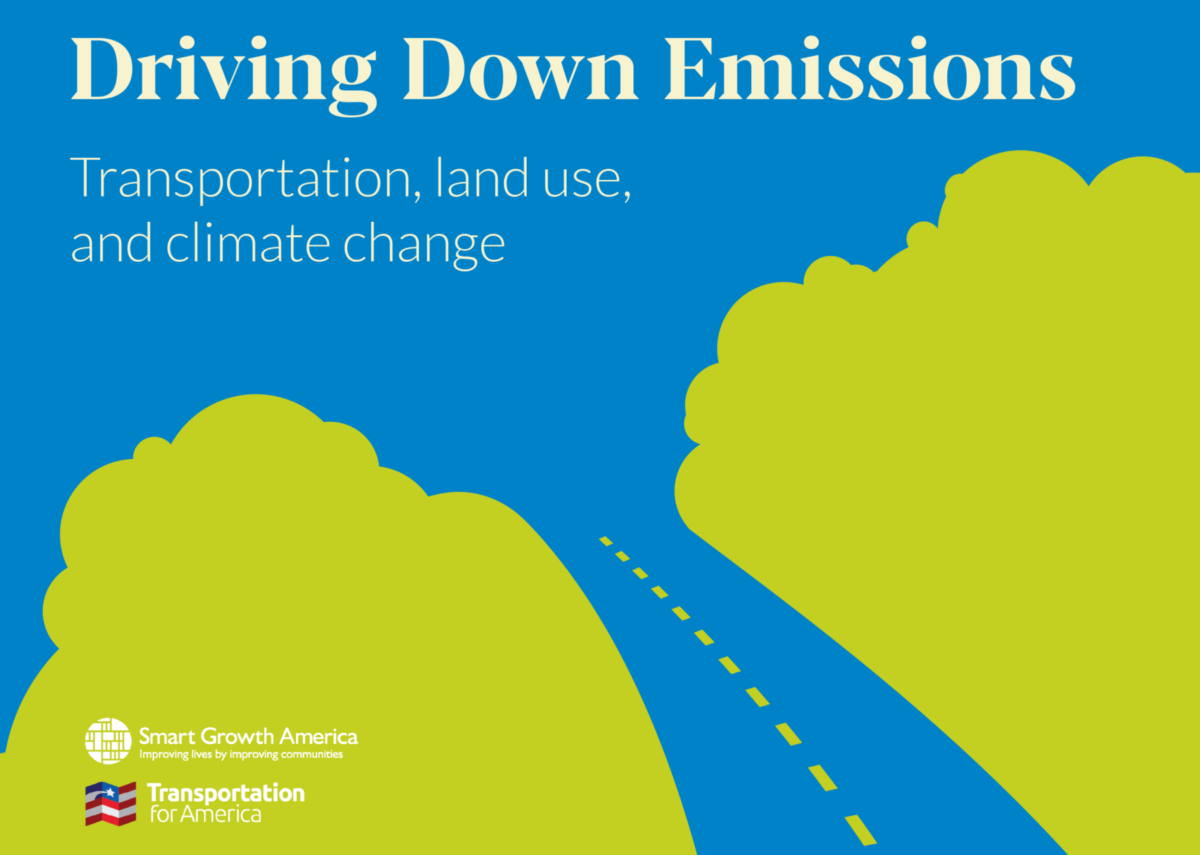
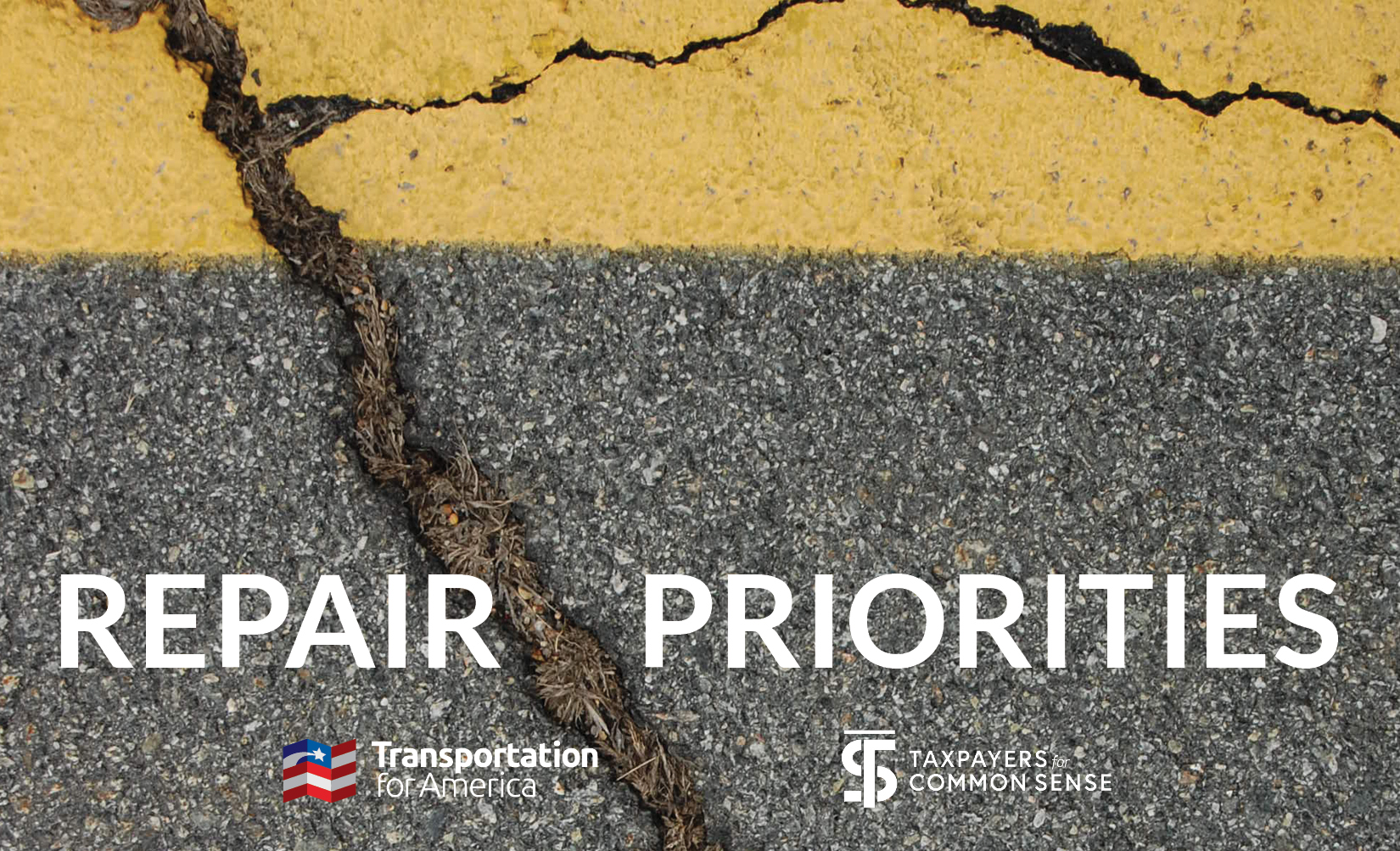
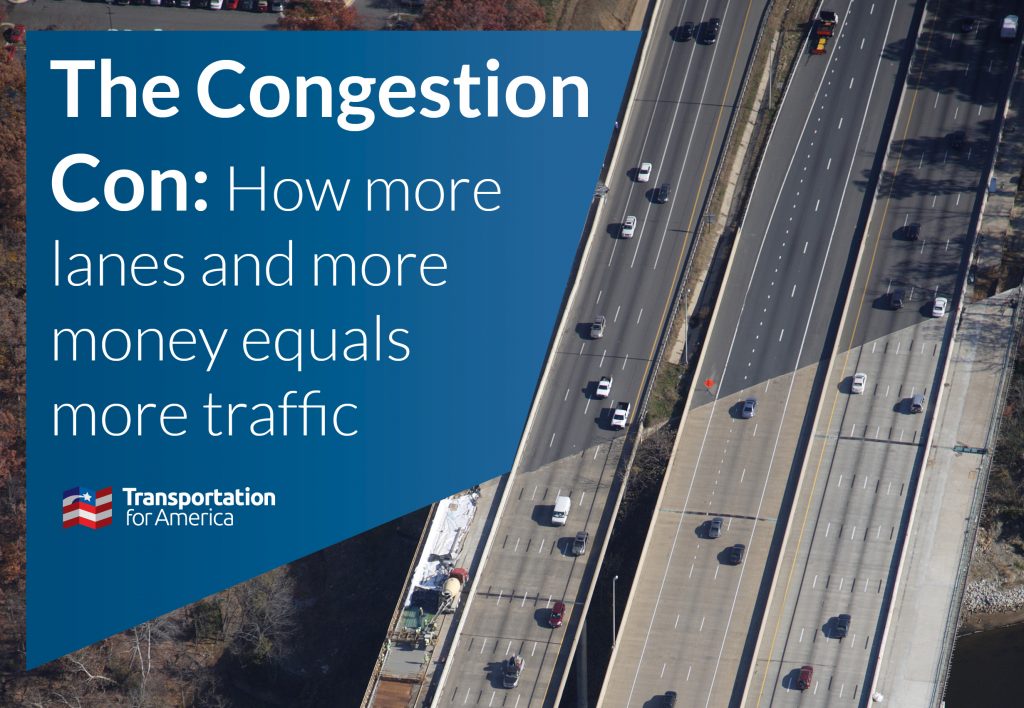
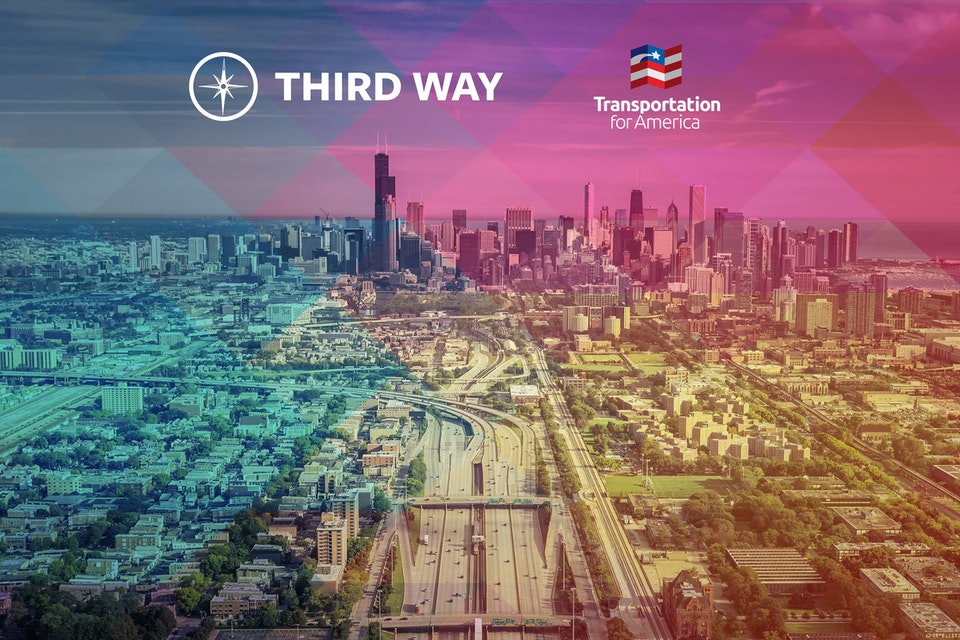

5 Comments